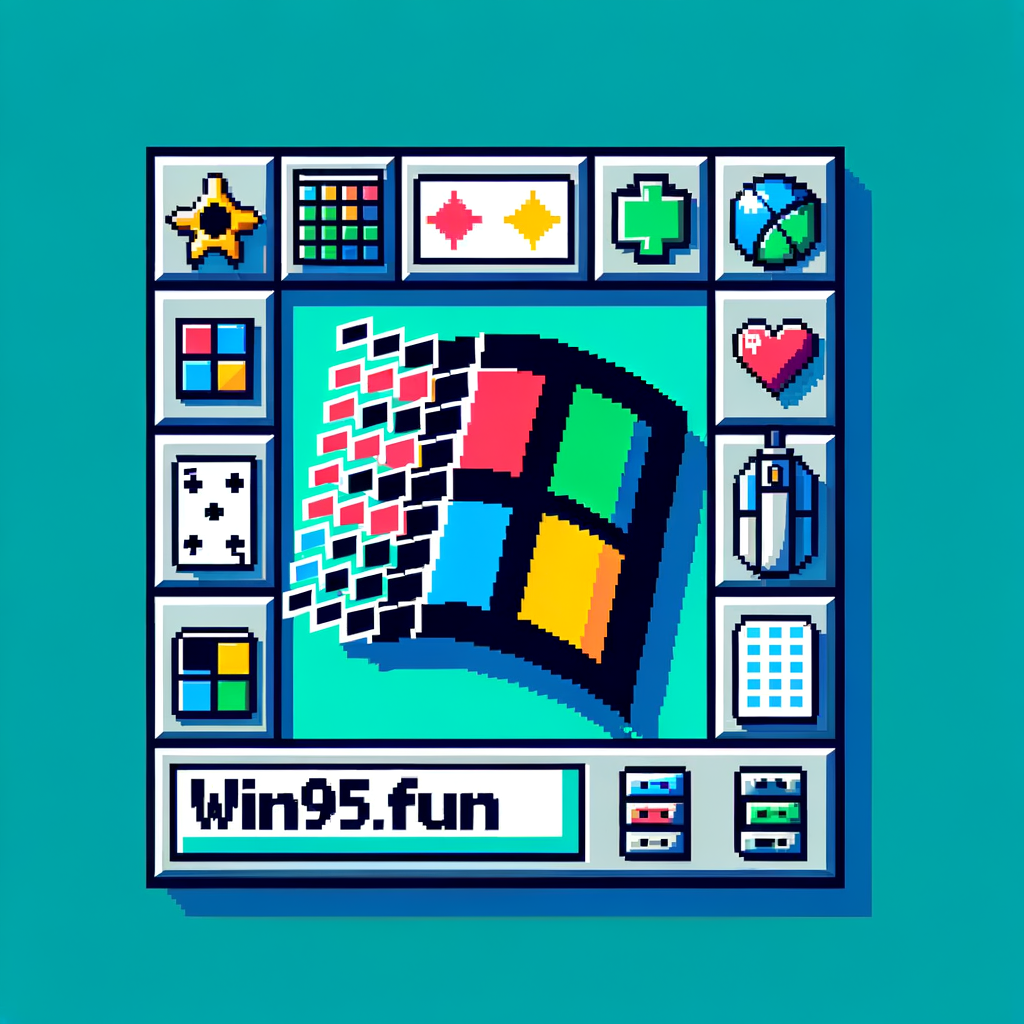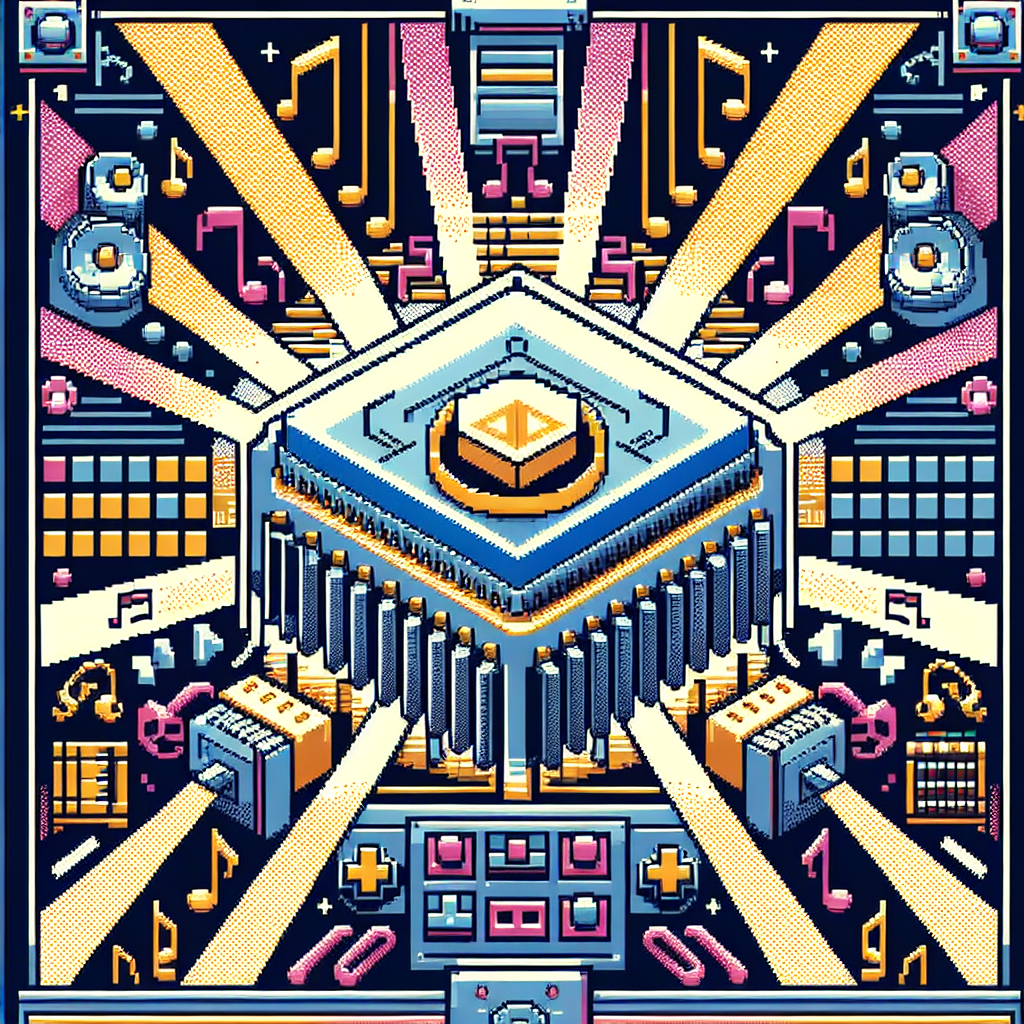The Enduring Appeal of Chiptune Music
The distinctive bleeps, bloops, and synthetic melodies of early video games weren’t just technological limitations—they were the birth of a new musical genre. Chiptune (or 8-bit music) emerged from the sound chips of vintage gaming hardware and has evolved into a vibrant musical style with dedicated artists, concerts, and a passionate global community.
Born from Technical Constraints
Early gaming systems had severe audio limitations:
- NES/Famicom: 5 channels (2 pulse, 1 triangle, 1 noise, 1 sample)
- Game Boy: 4 channels (2 pulse, 1 programmable wave, 1 noise)
- Commodore 64: 3 channels with variable waveforms via the SID chip
- Sega Genesis: FM synthesis through the Yamaha YM2612 chip
Composers for these systems had to be incredibly creative, finding ways to create memorable themes with just a handful of simultaneous tones. These constraints led to innovative compositional techniques that emphasized strong melodies, creative arpeggios, and distinctive rhythmic patterns.
Iconic Soundtracks
Despite these limitations, many chiptune compositions have become iconic pieces of music:
- Koji Kondo’s Super Mario Bros. and Legend of Zelda themes
- Hirokazu Tanaka’s Metroid and Tetris soundtracks
- Tim Follin’s ambitious multi-channel work on games like Solstice
- Yuzo Koshiro’s revolutionary Streets of Rage series music
These composers established techniques and musical ideas that would define the aesthetic of an entire generation of games.
The Second Wave: Modern Chiptune
Beginning in the early 2000s, chiptune experienced a renaissance. Artists began deliberately choosing these “outdated” sound tools not out of necessity but for their unique timbral qualities and nostalgic connections.
Today’s chiptune scene encompasses:
- Artists using original hardware with custom trackers and cartridges
- Software emulations that recreate classic sound chips
- Hybrid approaches mixing chiptune elements with modern production
- Live performances at dedicated chiptune concerts and festivals
Chiptune’s Cultural Impact
The influence of chiptune extends well beyond gaming:
- Mainstream music - Artists like Deadmau5, Kesha, and Daft Punk have incorporated chiptune elements
- Film and TV scores - Chiptune sounds frequently appear in productions with gaming or retro themes
- Visual aesthetics - The pixel art revival and chiptune music often go hand-in-hand
- DIY ethos - The chiptune scene embraces a strong maker/hacker philosophy
Win95.fun’s Audio Experience
At Win95.fun, we take game audio seriously. Our retro game collection features:
- Authentic emulation of original sound hardware
- Remastered soundtracks that preserve the original compositions
- Options to switch between original and enhanced audio
- A dedicated music player to enjoy game soundtracks outside of gameplay
We believe that the iconic sounds of retro games are an essential part of gaming history—a distinctive art form that deserves to be preserved and celebrated alongside the games themselves.

